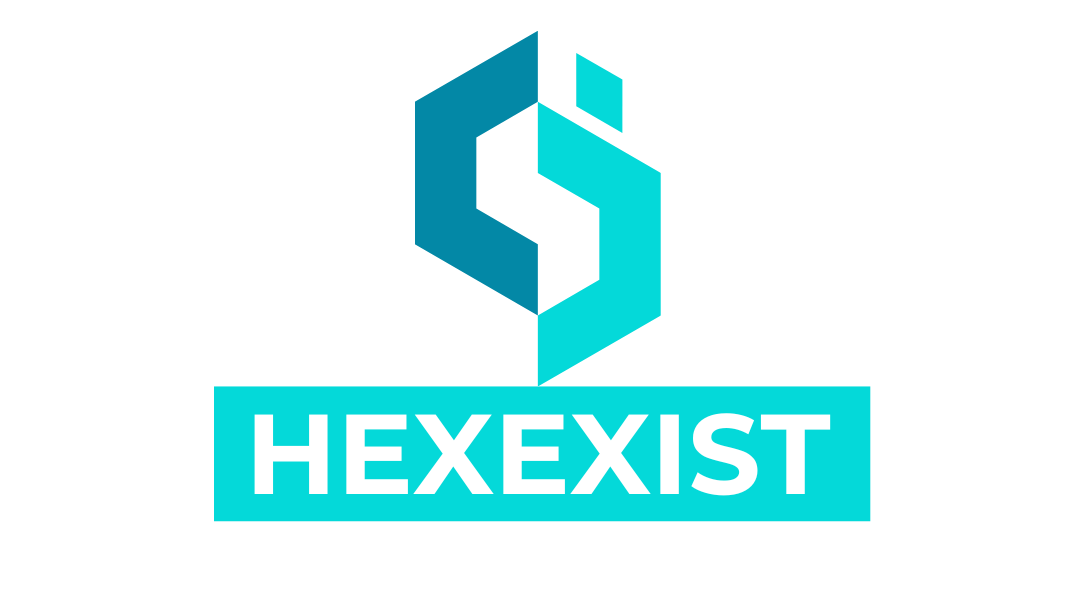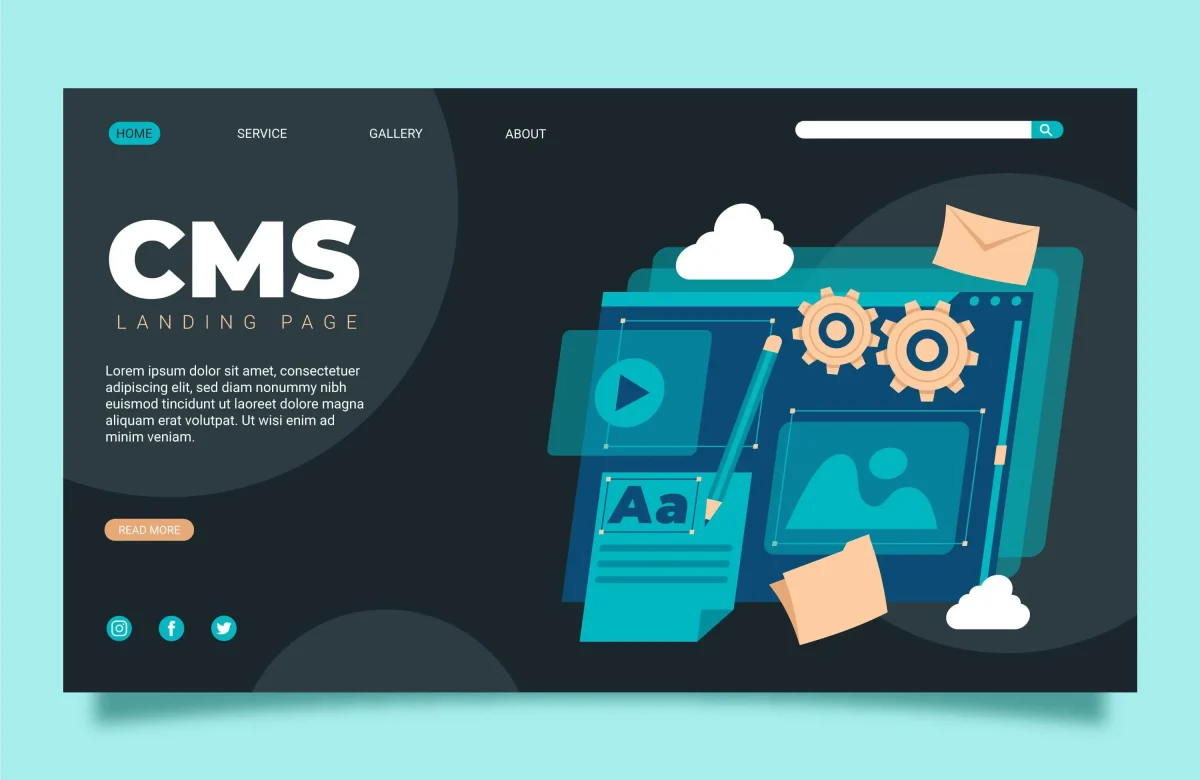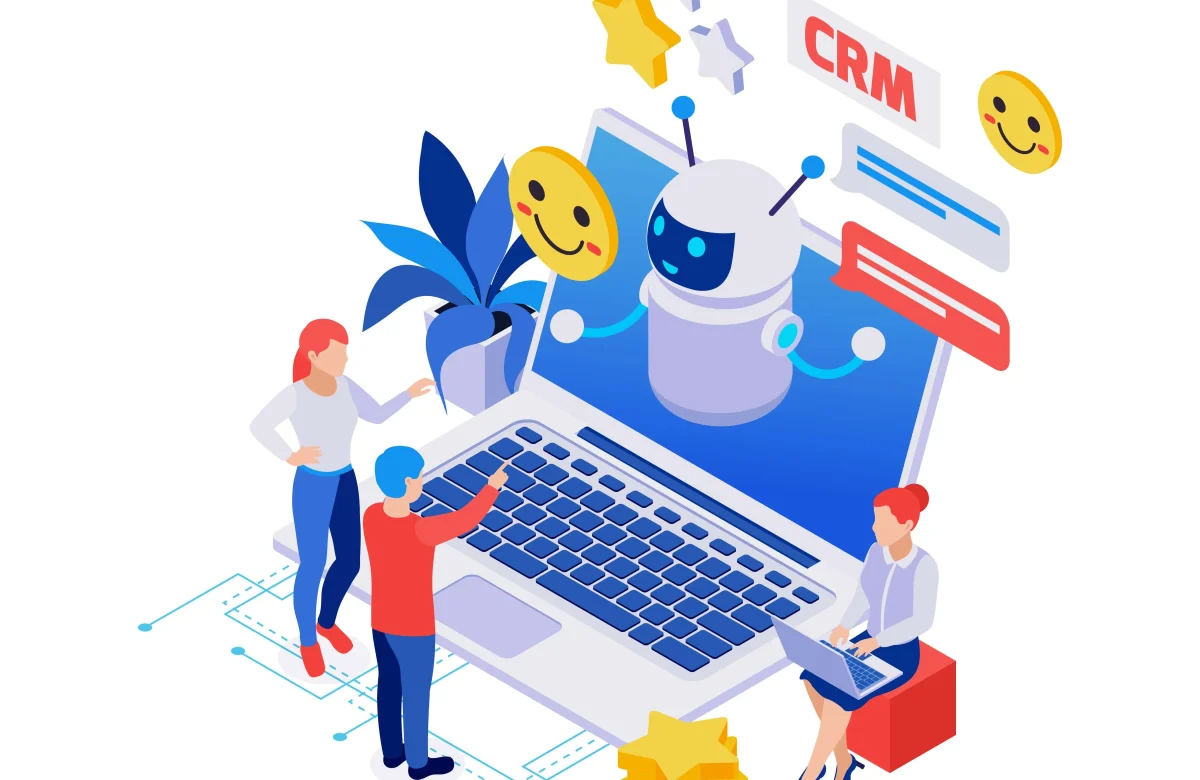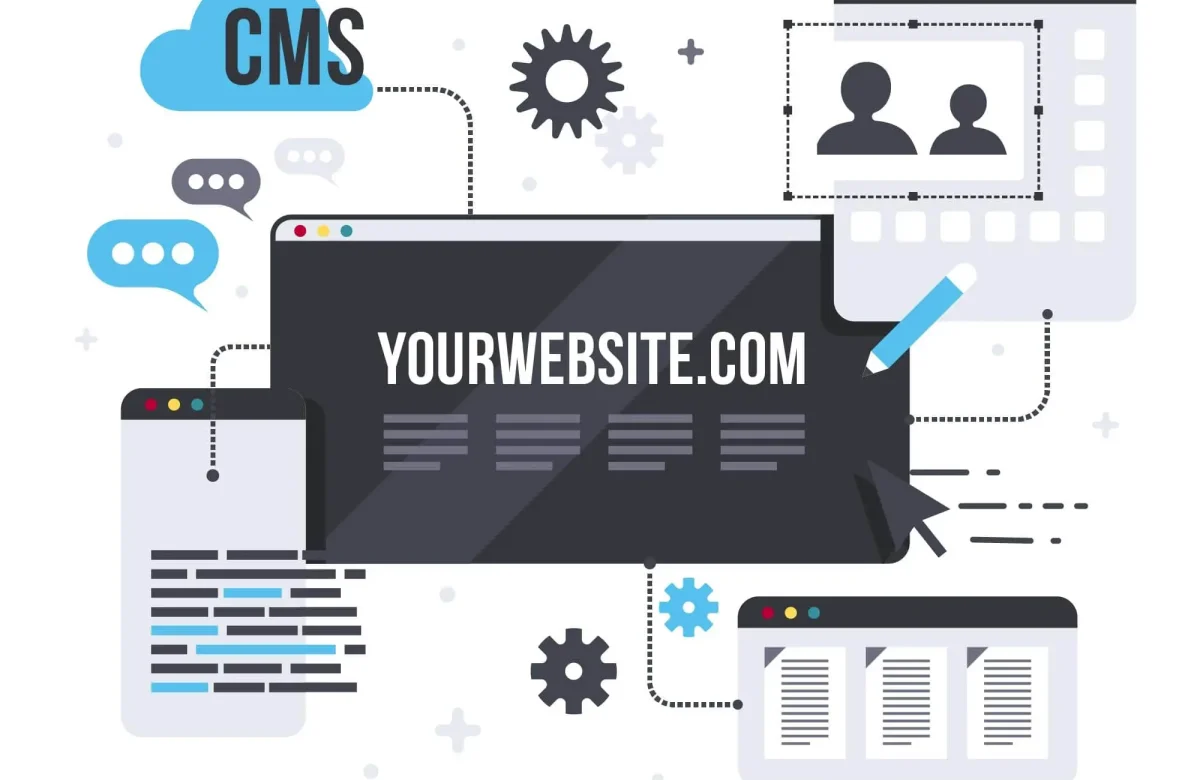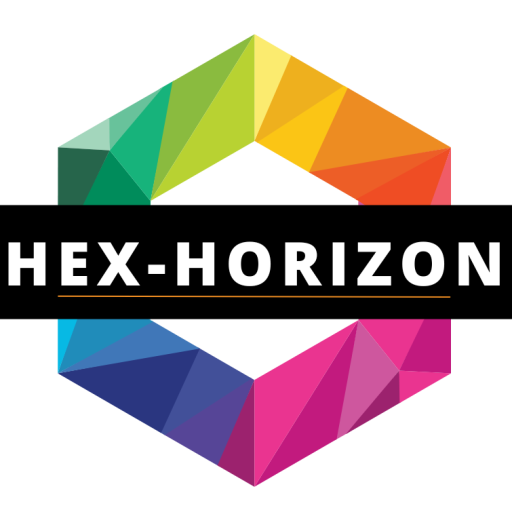The Future of AI-Driven Web Design
-
Author
-
Post DateOctober 22, 2025
AI is co-creation, not automation. The future of web design lies in a balanced dialogue between human creativity and algorithmic precision. Designers who learn to collaborate with AI not compete and will produce faster, smarter, and more emotionally intelligent digital experiences.
Emerging Trends
AI-driven design tools are evolving beyond static templates. Modern systems use contextual learning to suggest layout patterns, generate typography hierarchies, and optimize color contrast dynamically. These tools analyze user interactions to build data-informed design models that continuously improve through reinforcement. Predictive design intelligence can now anticipate emotional tone based on brand context and adjust interface microdetails in real time. In practice, this means fewer hours spent on repetitive styling and more time refining experience. Expect modular, component-based ecosystems that learn from analytics feedback and auto-adjust to meet both performance and accessibility goals.
Ethical Design
Human oversight remains non-negotiable. As AI integrates deeper into design workflows, it’s crucial to maintain authorship transparency. Credit human direction for conceptual choices and AI support for executional assistance. Ethical use includes bias auditing, dataset curation, and clarity when AI-generated visuals are presented as part of a brand. The future belongs to those who treat AI as a creative collaborator – an amplifier of imagination, not its replacement.
The next designer is hybrid – part artist, part data scientist.
